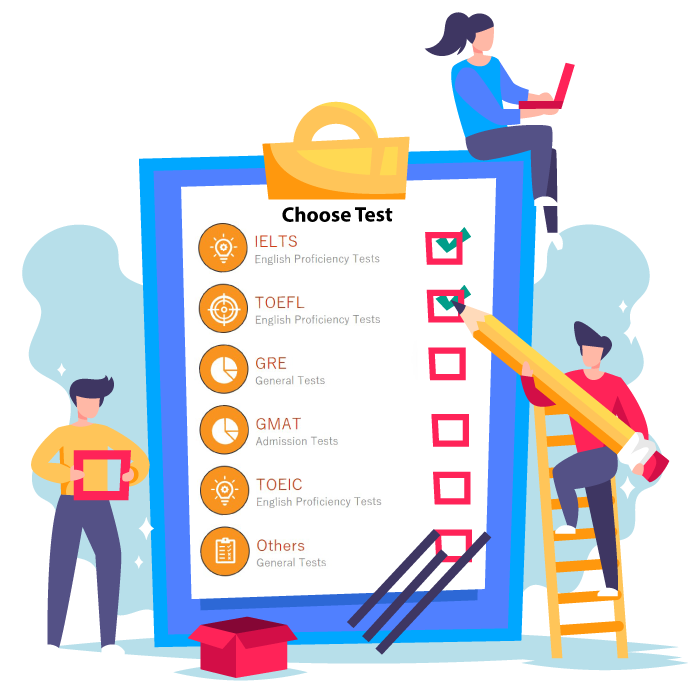Aptitude Test
Universities across the world conduct aptitude tests for international students to assess their academic excellence, intellectual ability and/or language proficiency. These tests are a pre-requisite to the selection process. These tests vary according to each country, university and academic program where you plan to study. However, most universities accept GRE, GMAT, SAT or PAT scores for academic and intellectual skills; and IELTS and TOEFL for language proficiency. If you are a native speaker, you may not need to appear for language proficiency tests.
It is advisable to check the aptitude test requirements for each course. All these tests follow a fixed format and pattern. If you prepare well in advance, you can easily clear them. These tests can be taken across different centers in your home country. The following section gives a brief overview of each exam.






















